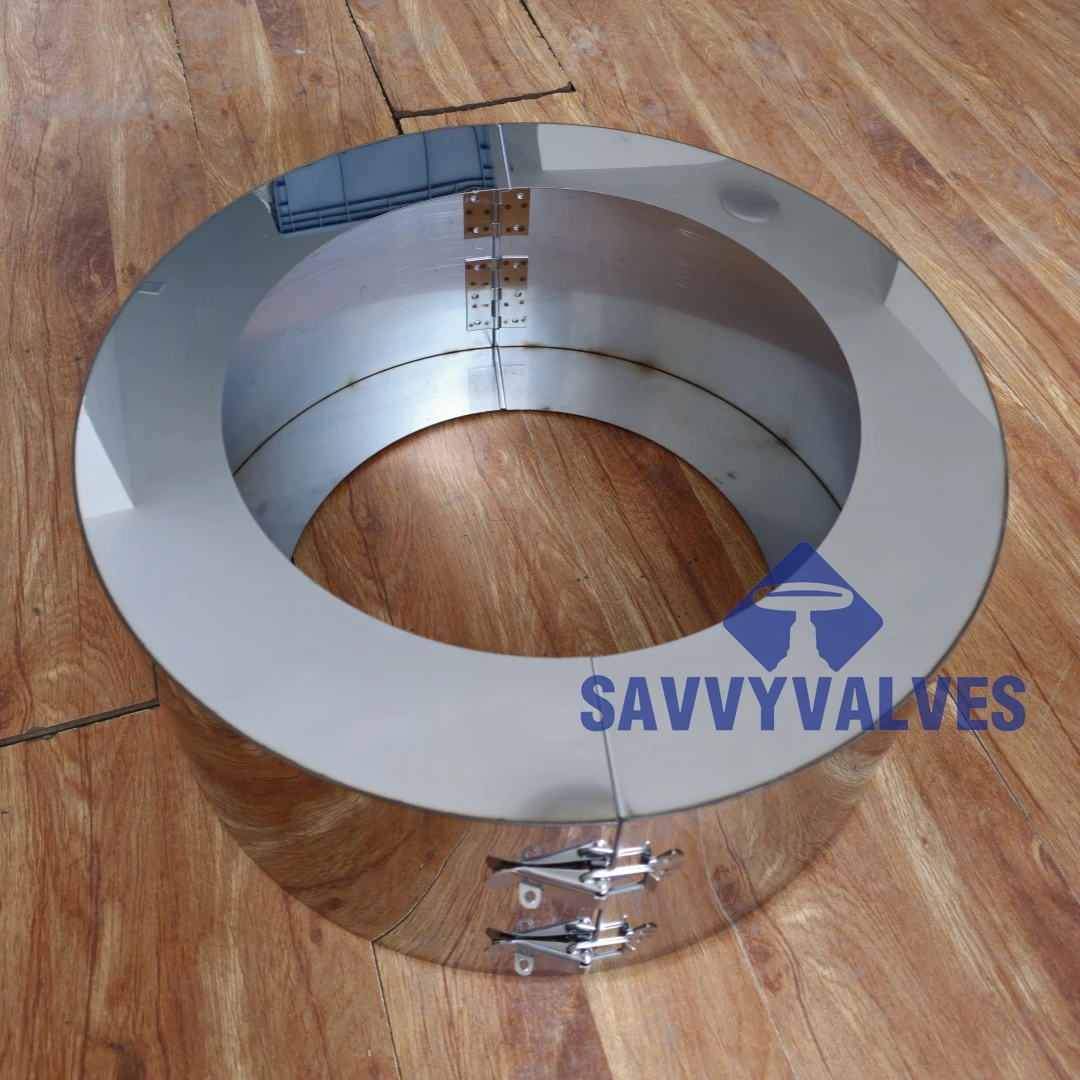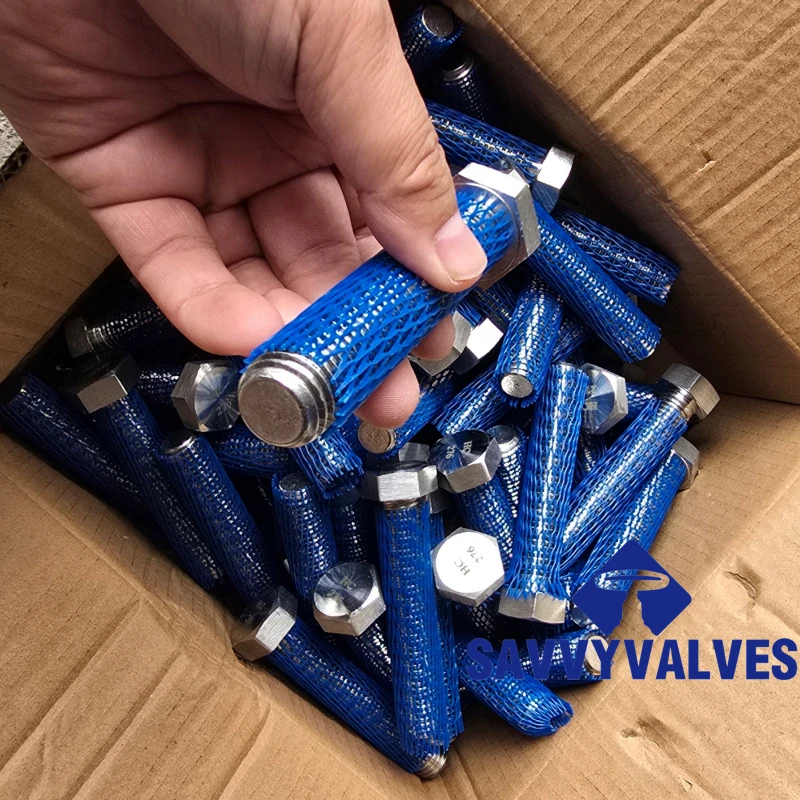플랜지 및 관련 파이프 피팅
-
크기: 5/8" × 3" (M16 × 75mm)
패스너 등급: 8.8(ISO 898-1 / ASTM F568M)
재료 사양:
볼트 및 너트: 하스텔로이 C276(UNS N10276)
산화 및 환원 환경에서 우수한 내식성
침식, 틈새 부식 및 응력 부식 균열에 대한 높은 저항성
개스킷: 유연한 흑연 또는 PTFE(옵션: 나선형 금속 개스킷)
표준 준수:
ASME B18.2.1(육각 볼트) / ASME B18.2.2(육각 너트)
ASTM B574(하스텔로이 C276 패스너)
표면 마감: 밀 마감(표준), 선택적 전해연마
온도 범위: -200°C ~ +400°C (-328°F ~ +752°F)
일반적인 응용 분야:
화학 처리, 해상, 석유 및 가스, 배기가스 탈황(FGD)
Flanges are essential components used to connect pipes, valves, pumps, and other equipment to form a piping system. Typically made from materials like carbon steel, stainless steel, or alloy steel, flanges provide a reliable and secure method for assembling and disassembling piping sections. The primary function of a flange is to allow easy access for inspection, maintenance, or modification of the pipeline. Flanges are bolted together with a gasket in between to ensure a leak-tight seal. Different types of flanges—such as weld neck, slip-on, blind, threaded, lap joint, and socket weld—are selected based on pressure ratings, pipe size, and the nature of the fluid. Flanges are standardized according to international codes such as ANSI/ASME, DIN, JIS, and EN. Their compatibility with various pipe fittings, including elbows, tees, reducers, and couplings, makes them a key element in fluid transport systems across oil and gas, petrochemical, power generation, water treatment, and HVAC industries. The modularity flanges provide reduces downtime and simplifies the overall design and maintenance of complex piping networks.


